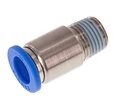Fittings Used In Medical Equipment

Figure 1: Medical devices depend on properly functioning fittings.
Every medical device component plays a role in ensuring it operates optimally. Among these components, medical fittings are essential. Fittings connect and secure different medical device parts, allowing a smooth and controlled flow of gasses or liquids. This article examines various types of fittings employed in medical equipment, exploring their applications and how they contribute to the overall functionality of these devices.
View our online selection of fittings suitable for medical equipment!
Materials for medical fittings
Medical devices require materials that are safe for the body, strong, rust and corrosion resistant, and can handle temperature changes. The following materials meet these requirements, ensuring medical devices work correctly and safely.
- Stainless steel: Stainless steel is widely used in medical fittings due to its resistance to corrosion, durability, and strength. It can withstand high pressure and temperature, making it reliable for critical applications. Stainless steels 304 and 316 are commonly used in medical applications.
- Brass: Brass is used for its machinability, strength, and resistance to corrosion. Furthermore, it is non-magnetic, making it suitable for MRI machines.
- Plastic: Plastic fittings (e.g., PVC and PTFE fittings) are lightweight, cost-effective, and resistant to corrosion. PVC fittings are commonly used to join single-use medical devices due to their sterility and disposability.
- Titanium: Titanium is extremely strong, lightweight, and biocompatible. This makes titanium fittings suitable for implants, such as orthopedic implants, because it is resistant to corrosion by bodily fluids.
- Aluminum: Aluminum fittings are lightweight, strong, and resistant to corrosion. They are often selected for making connections in lightweight medical equipment, such as hospital beds and oxygen tanks.
Standards
- ISO 13485: Medical devices - quality management systems - requirements for regulatory purposes.
- ISO 14971: Medical devices - application of risk management to medical devices.
- ISO 15223-1: Medical devices - symbols to be used with medical device labels, labeling, and information to be supplied - part 1: general requirements.
- ISO 80601: Medical electrical equipment and medical electrical systems used in the home healthcare setting.
- ISO 80369: Small-bore connectors for liquids and gasses in healthcare applications.
- ISO 18562: Biocompatibility evaluation of breathing gas pathways in healthcare applications.
- ISO 11135: Sterilization of health-care products - ethylene oxide - requirements for the development, validation, and routine control of a sterilization process for medical devices.
- ISO 11137: Sterilization of health care products - radiation - part 1: requirements for development, validation, and routine control of a sterilization process for medical devices.
Types of medical device fittings
Barbed fittings
Barbed fittings, also known as hose tail fittings, are common medical tube fittings. They can maintain a tight connection with flexible tubing. The barbs on these medical hose barb fittings are designed to grip the inside of the tube, creating a seal that can withstand pressures without clamps. They are commonly used in devices such as infusion pumps, dialysis machines, and ventilators where a secure and leakproof connection is necessary.
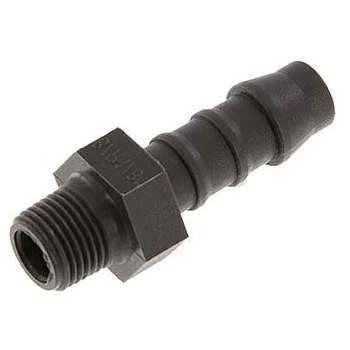
Figure 2: A barbed hose fitting
Luer lock fittings
Luer lock fittings are medical fittings characterized by their secure locking mechanism and ease of use, making them essential during stressful situations. They are commonly used in syringes to ensure a leakproof and secure connection between the syringe and the needle. The fitting's design allows it to be easily connected and disconnected, providing flexibility and ease of use in various medical situations.
- Male and female components: The male component has a conical taper that fits into the female end's socket.
- Twist to lock: When the male and female components are joined, the male part twists into a locked position, creating a secure and leakproof seal.
- Universal design: Any luer lock male component can fit with any female component, regardless of the manufacturer.
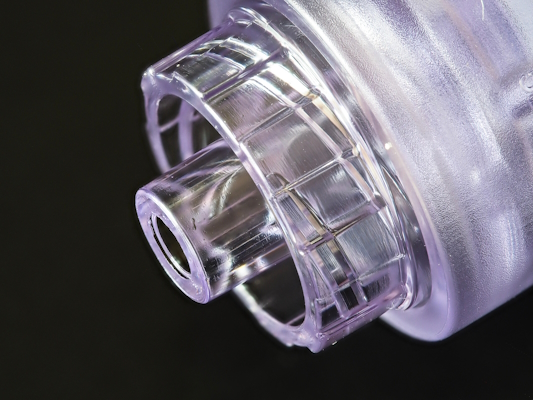
Figure 3: The male component of a luer lock fitting.
Push-to-connect fittings
As the name suggests, push-to-connect fittings connect by simply pushing the tube into the fitting. These are commonly used as medical oxygen fittings and air hose fittings in medical devices requiring frequent connection and disconnection, such as in oxygen therapy equipment and ventilators. Their design allows quick, tool-free connections, saving valuable time in critical medical situations.
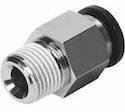
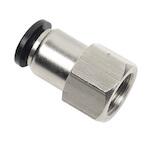
Figure 4: Straight push-in male fitting (left) and female fitting (right).
Compression fittings
Compression fittings are common medical gas fittings used in medical equipment where a robust and leakproof seal is needed. They work by compressing a ferrule against the tube as the fitting is tightened, creating a strong seal. These fittings are often used in high-pressure applications such as medical gas delivery systems.
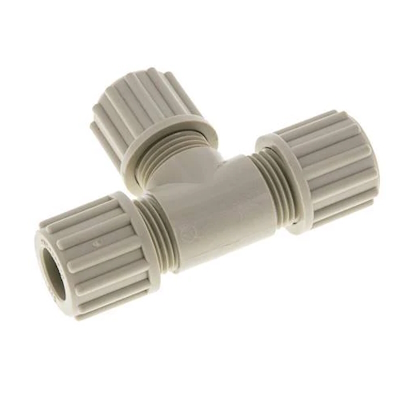
Figure 5: A three-way plastic compression fitting
Threaded fittings
Threaded fittings are characterized by their threaded design, which allows them to be screwed onto or into another fitting to create a tight seal. They are commonly used in medical equipment requiring a strong, secure connection, such as surgical tools and diagnostic equipment.





